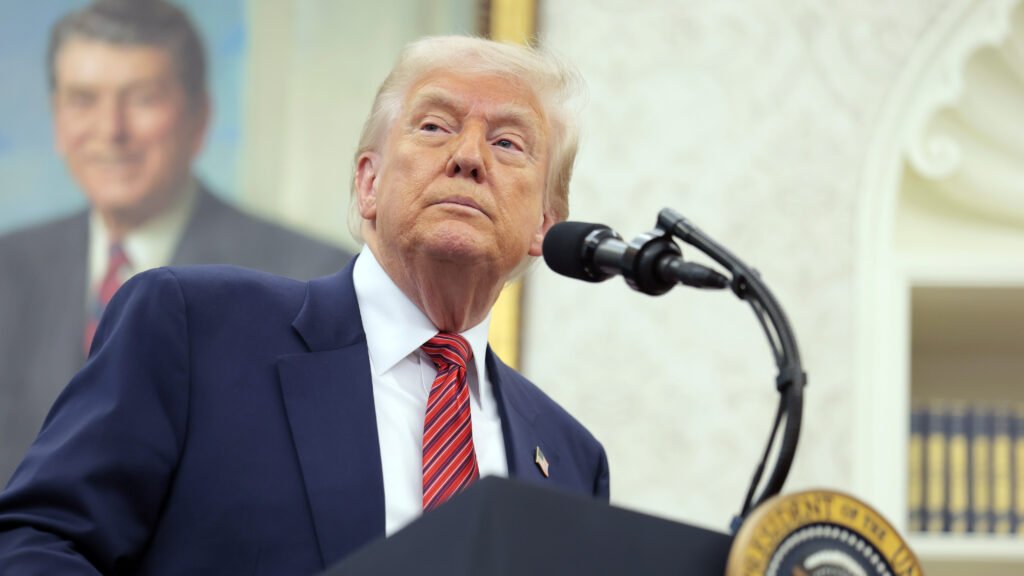President Trump is gearing up to push forward a “most-favored nation” policy next week, with the aim of reducing drug prices in the United States. This move is expected to have a significant impact on the pharmaceutical industry, garner support from his political base, and raise some important questions.
The concept behind this policy is straightforward: it would link drug payments in the U.S. to the prices paid by other affluent countries, many of which currently pay considerably less for medications than Americans do. While this idea is not novel and was previously attempted by the Trump administration, it faced obstacles and was thwarted.
However, armed with the lessons learned from that setback and bolstered by a majority in both the House and the Senate, the administration is now in a better position to push through this policy.
The proposed “most-favored nation” policy has the potential to bring about significant changes in the pricing structure of prescription drugs in the U.S. By aligning drug prices with those paid by other high-income countries, the policy aims to make medications more affordable for American consumers.
While the pharmaceutical industry may be unsettled by this development, many Americans struggling with high drug costs will likely welcome the change. The policy could also have a positive impact on the broader healthcare system by making essential medications more accessible to a larger segment of the population.
As President Trump prepares to unveil his plans for the “most-favored nation” policy, it remains to be seen how the pharmaceutical industry, lawmakers, and the public will respond. The potential implications of this policy shift are vast and could reshape the landscape of the U.S. healthcare system.
For more updates on this important issue and other insights into Capitol Hill and the life sciences industry, consider subscribing to STAT+ for exclusive access to in-depth analysis and daily intelligence. Unlock this article and stay informed about the latest developments shaping the future of healthcare in the United States.


